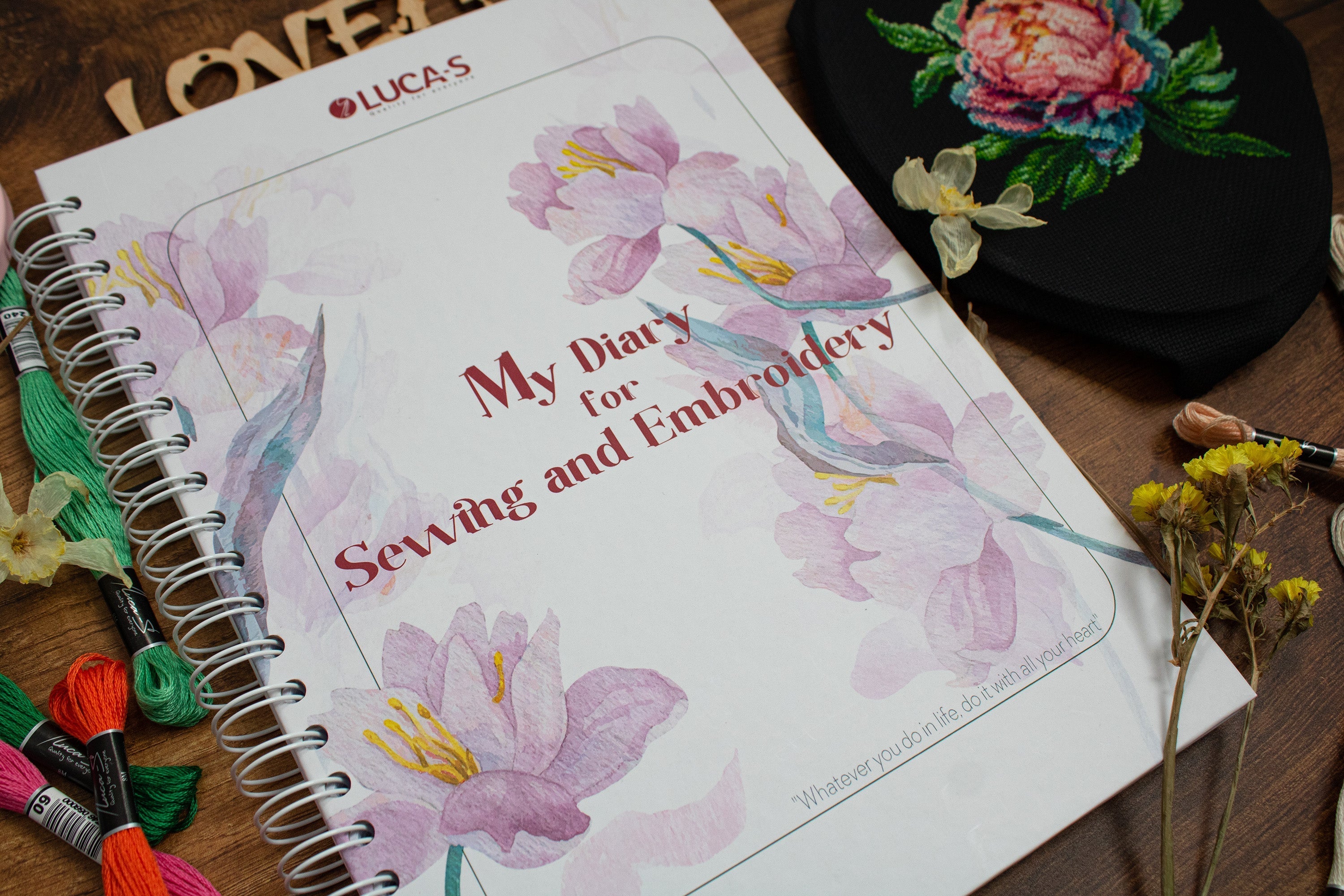Cross stitch is a beloved craft that has been passed down through generations, offering a creative outlet that combines precision with artistry. For those new to the world of cross stitch, one of the first decisions you'll need to make is whether to work with a counted or printed cross stitch pattern. Both methods have their unique advantages and challenges, and choosing the right one can significantly impact your crafting experience. Let's dive into the key differences between counted and printed cross stitch to help you decide which method suits you best.
What is Counted Cross Stitch?
Counted cross stitch is the more traditional method of the two. In this approach, you start with a blank piece of fabric and a pattern chart, which is a grid filled with symbols that correspond to different thread colors. Each square on the grid represents one stitch on your fabric.
Key Features of Counted Cross Stitch:
- Blank Canvas: The fabric is blank, requiring you to count the stitches and follow the chart carefully.
- Precision and Focus: This method demands attention to detail, as you need to ensure that every stitch is placed in the correct spot according to the pattern.
- Flexibility: Since you’re working from a chart, you can choose your fabric and thread colors, allowing for more customization.
- Skill Development: Counted cross stitch can be more challenging, but it also helps develop your counting and stitching skills, making it a rewarding process.
Pros:
- Allows for complete control over the design.
- Enhances counting and stitching precision.
- Offers the ability to choose and change colors or fabric type.
Cons:
- Requires constant reference to the pattern.
- Mistakes can be harder to fix, as they might not be immediately obvious.
What is Printed Cross Stitch?
Printed cross stitch, often referred to as stamped cross stitch, involves a piece of fabric that has the pattern pre-printed on it. The design is color-coded directly onto the fabric, so you don’t need to refer to a separate chart.
Key Features of Printed Cross Stitch:
- Pre-Printed Design: The pattern is printed on the fabric, eliminating the need to count stitches.
- Ease of Use: This method is beginner-friendly, as it’s easier to follow the design directly on the fabric.
- Speed: Printed cross stitch can be completed more quickly because you don’t need to constantly check a chart.
- Less Room for Error: Since the pattern is printed on the fabric, there’s less chance of making mistakes in stitch placement.
Pros:
- Easier and faster for beginners or those looking for a more relaxed crafting experience.
- Reduces the risk of counting errors.
- Ideal for larger projects where counting can become tedious.
Cons:
- Limited flexibility in changing fabric or thread colors.
- The pre-printed design may not wash out completely, which can be an issue if threads don't completely cover the fabric.
Which Should You Choose?
The choice between counted and printed cross stitch ultimately depends on your personal preferences and skill level.
-
If you’re a beginner or someone who prefers a more straightforward, relaxing stitching experience, printed cross stitch might be the way to go. It’s perfect for those who want to enjoy the creative process without worrying too much about precision.
-
If you enjoy a challenge and appreciate the satisfaction that comes from meticulous work, counted cross stitch offers a more traditional and customizable experience. It’s also a great way to build your stitching skills and engage deeply with the craft.
Some stitchers enjoy both methods, choosing printed patterns for quick, relaxing projects and reserving counted cross stitch for more complex and rewarding designs. Whichever you choose, cross stitch is a wonderful way to express your creativity, unwind, and create beautiful, lasting works of art.
Happy stitching!

